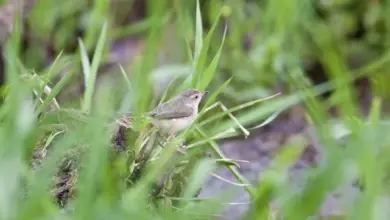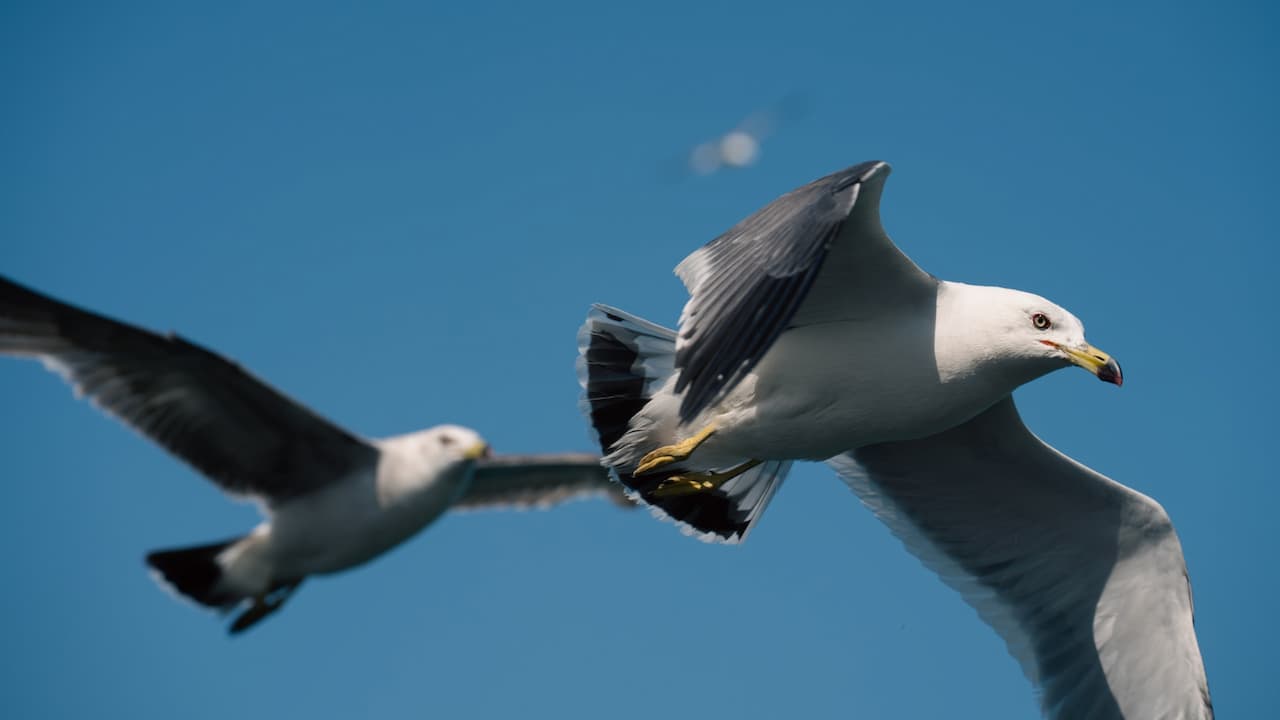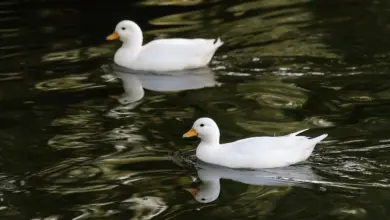Common Shelduck
Common Shelduck
The Common Shelduck (Tadorna tadorna) – or simply referred to as “Shelducks” – are widespread and common ducks found in Europe and Asia.
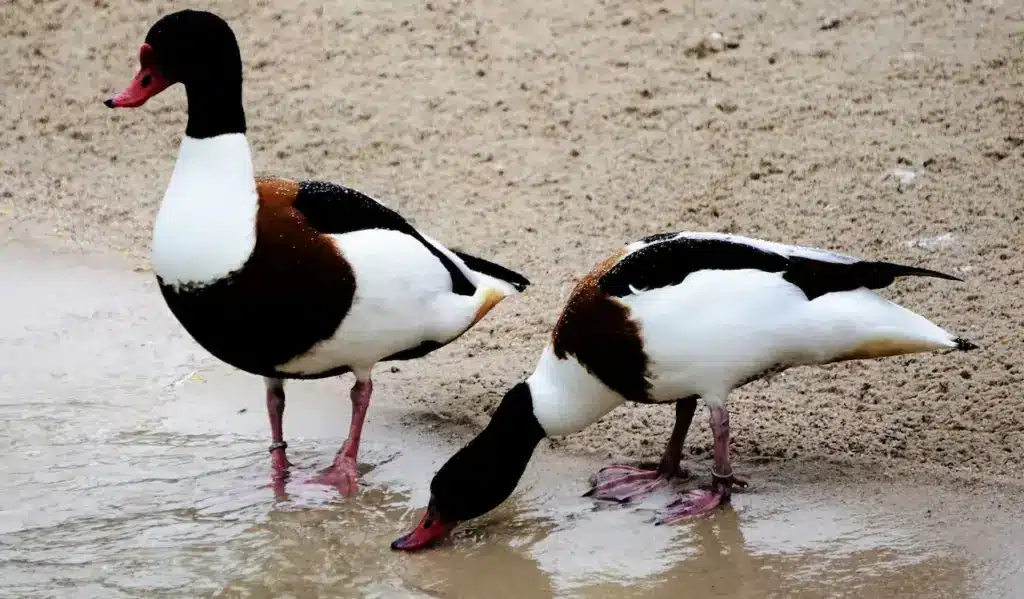
Description
The Common Shelduck has a goose-like appearance, with a white and chestnut body, dark green head and neck, and a bright red bill.
Males and females look alike, but the female is generally duller. Additionally, the breeding male develops a swollen red bill knob.
Distribution and Habitat
Common Shellducks found in westernmost Europe are mostly resident, except for movements to preferred molting grounds, such as the Wadden Sea on the north German coast, where around 100,000 of them occur after the breeding season.
They are common around the coastline of Great Britain, where they inhabit salt marshes and estuaries.
Those that breed in temperate areas of Eurasia migrate to subtropical areas for the winter.
During the summer, they inhabit lakes and rivers in open country, breed in rabbit burrows, tree holes, haystacks or similar.
In winter, they are is common on suitable estuaries and tidal mudflats.
When preyed upon, the young will dive under water to get away; while adults will fly away from them to act as decoys.
Call / Song:
Its call is described as loud honks.
3Diet / Feeding:
Ducks generally feed on larvae and pupae often found under rocks, as well as aquatic animals, plant material, seeds, small fish, snails and crabs.
Feeding Ducks …
We all enjoy ducks and many of us offer them food to encourage them to come over and stay around – and it works! Who doesn’t like an easy meal!
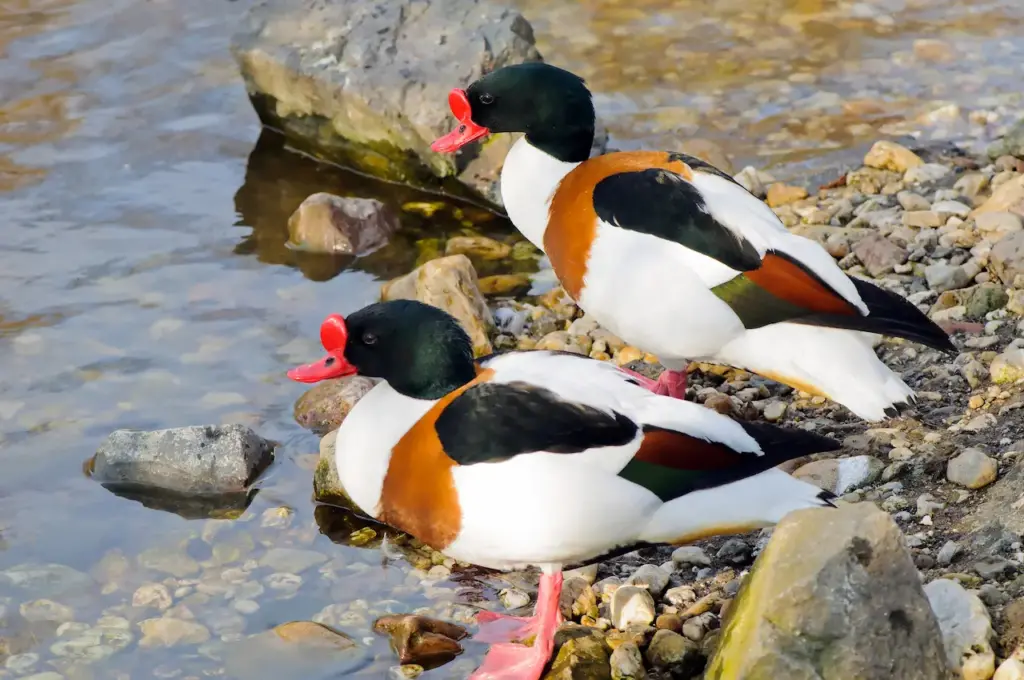
However, the foods that we traditionally feed them at local ponds are utterly unsuitable for them and are likely to cause health problems down the road. Also, there may be local laws against feeding this species of bird – so it’s best to check on that rather than facing consequences at a later stage.
- Foods that can be fed to Ducks, Geese, and Swans to survive cold winters and remain healthy when food is scarce in their environment.
Please note that feeding ducks and geese makes them dependent on humans for food, which can result in starvation and possibly death when those feedings stop. If you decide to feed them, please limit the quantity to make sure that they maintain their natural ability to forage for food themselves – providing, of course, that natural food sources are available.

